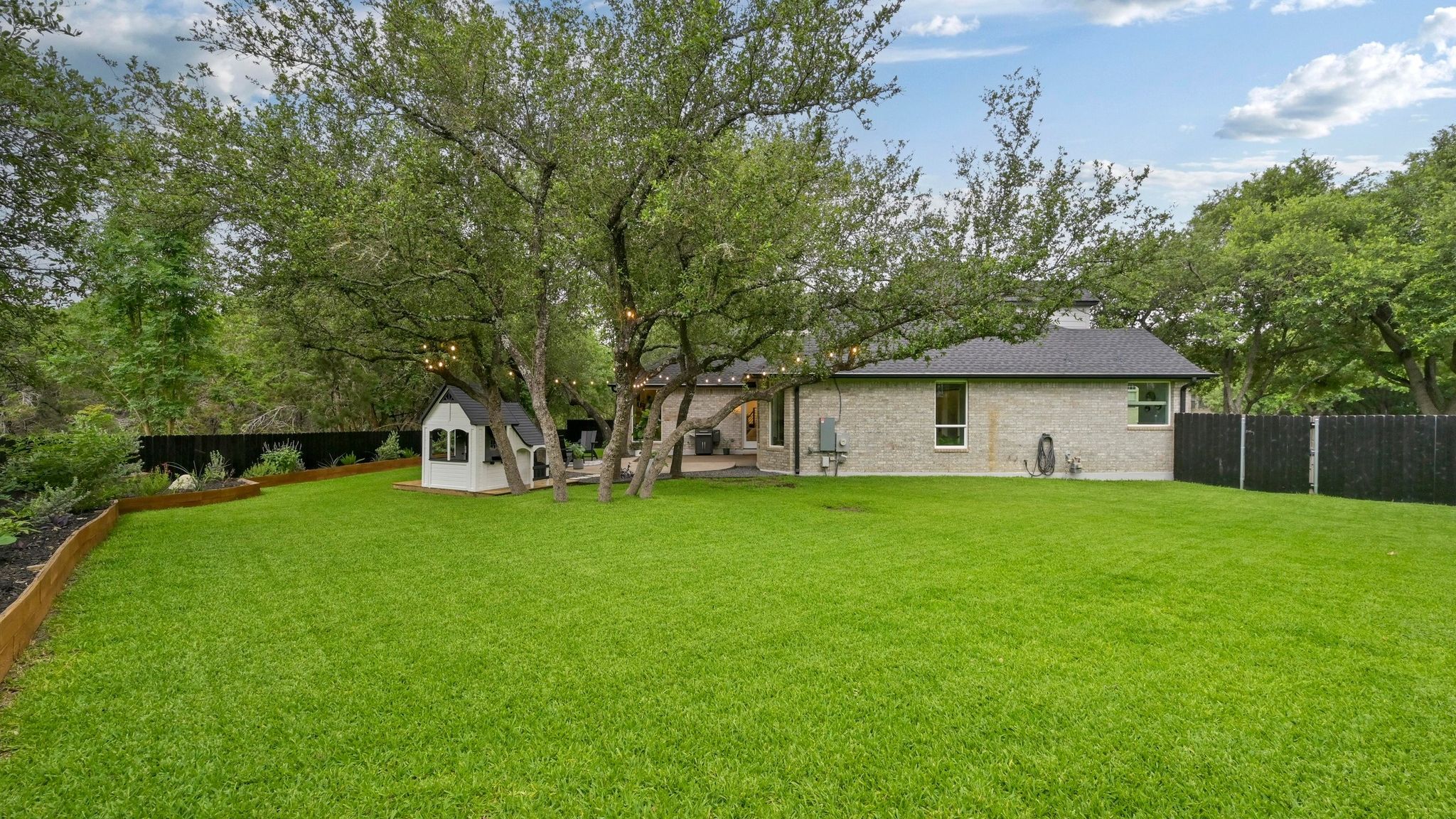Direct Mail Still Works — When You Do It Right
Oct 27, 2025
Direct Mail Still Works — When You Do It Right
Many agents wonder if direct mail for real estate agents still makes sense in a world of social feeds and online ads. The answer is yes—when it’s part of a steady plan, not a one-time blast. In the Neighborhood Expert System (NES), mail is a quiet, reliable channel that reinforces the same message people see from your open houses, social posts, YouTube ads, and weekly email.
The goal isn’t to mail louder; it’s to mail smarter. Your postcards and letters should feel like they come from the agent who is already active in the area. When you keep the message local and repeat it each week across channels, neighbors start to connect the dots. That’s how direct mail for real estate agents turns into real conversations and listing opportunities.
Why Direct Mail Still Works for Real Estate
Mail has one advantage that screens don’t: it lives inside the home. A short, clean postcard can sit on a counter for days. When that card echoes what people saw on social, heard in a short video, or noticed at your open house signs, it builds trust. The message feels consistent and real.
In NES, direct mail for real estate agents is part of a simple weekly rhythm. You don’t need fancy graphics or big promises. You need clarity, timing, and a message that fits your neighborhood—things like buyer demand, what moved, and one helpful tip for local homeowners.
Direct Mail for Real Estate Agents: Principles That Work
- Consistency beats creativity: A clean card every week or month works better than a fancy design once a quarter.
- Local beats generic: Name the streets, micro-areas, or trail-side blocks you’re talking about. People read what feels close to home.
- Facts beat fluff: Share what moved, what buyers asked for, and one next step—no hype.
- Reinforce, don’t replace: Mail supports your open houses, off-market outreach, social, YouTube ads, and email. It doesn’t replace them.
- Respect off-market boundaries: Keep off-market outreach 1:1 (call, text, DM, brief note). Don’t use mail to promise off-market results.
How Mail Fits the NES Pillars
Open Houses → Mail
Use your open house activity to fuel a simple postcard. If you hosted an open near the park, your card might say: “We met families looking for single-story homes near the trail this weekend.” That line mirrors what neighbors may have seen on social or heard from your sign.
Off-Market Outreach → Mail (Careful)
Off-market outreach stays personal and private. You do it by call, text, DM, or a short doorstep note to a few likely sellers. Mail should not claim off-market results. Instead, use mail to show steady neighborhood activity, which makes your 1:1 outreach feel familiar later.
Social Media & YouTube Ads → Mail
Keep the message the same. If your short video says, “Single-story demand is strong near the trail,” the postcard should echo that line. Repetition builds recognition, and recognition leads to calls.
Email → Mail
Your weekly email carries the longer story. Mail acts like a small reminder. When the card reaches the home and the email hits the inbox, people start to feel like they hear from the same calm agent everywhere—because they do.
What to Put on the Card (Keep It Simple)
- Headline tied to the week’s message: “Single-Story Demand Near the Trail” or “What Moved Around the Elementary Zone.”
- Two or three short bullets: “Two sales within six blocks,” “Average days on market dipped,” “Buyers asking for main-level living.”
- One soft line: “If timing ever makes sense, I’m glad to share what I’m seeing on your street.”
- Clear contact info: Easy to find and easy to read.
That’s enough. The card’s job is to reinforce your steady presence, not carry the entire story.
Timing Your Mail Inside a Simple Weekly Rhythm
The NES rhythm keeps your work light and your message consistent:
- Wednesday: secure your open house and decide the one message you’ll echo everywhere this week (for example, “buyers want single-story near the trail”).
- Thursday: connect with nearby homeowners 1:1 if you’ll be in the area; keep it conversational.
- Weekend: host your open; note real buyer needs and common questions.
- Sunday/Monday: post a short recap on social with one stat or observation.
- Midweek: send your postcard that repeats the same line.
- Friday: send your weekly neighborhood email with a short, useful update and a soft invite to talk.
When mail lands between your social recap and your Friday email, neighbors feel a steady, calm reminder that you’re active in their area.
Direct Mail for Real Estate Agents: What to Avoid
- Big promises: Don’t claim results you can’t control. Share what you’re seeing and how you can help.
- Generic slogans: Replace “Top-tier service, unmatched results” with specifics neighbors care about.
- Inconsistent design: Keep fonts and layout simple and the same each time. Recognition comes from repetition.
- Off-market claims: Save off-market for 1:1 outreach only. Mail should not promise private access.
- One-and-done blasts: A single drop won’t move the needle. A steady series does.
How to Measure If Your Mail Is Working
Watch Conversation Signals
Track replies to your Friday email, introductions at open houses, and responses to your 1:1 outreach. If those rise after your mail cycle, the plan is working.
Listen for Recognition Phrases
When a neighbor says, “I saw your card about single-stories,” or “I get your Friday updates,” your message is landing. That familiarity is the point.
Adjust the Message, Not the Channel
If response slows, change the angle—move from “single-story demand” to “near the elementary school”—while keeping the rhythm the same. The system stays. The weekly message evolves.
Examples of Weekly Mail Topics
- “What Buyers Asked for Near the Trail This Week”
- “Three Things Sellers Should Know South of the Park”
- “[School Zone] Update: Days on Market and Buyer Interest”
- “Quiet Demand for One-Story Homes Around [Landmark]”
Pick one topic, repeat it across your channels, and keep the tone calm. That’s the core of effective direct mail for real estate agents.
How Mail Supports Neighborhood Farming
Neighborhood farming isn’t about one postcard. It’s about steady touchpoints that match what you do in person. When your mail mirrors your open houses, social posts, and email, you look organized and reliable. Over time, people begin to trust your updates because they see them everywhere in simple, matching ways.
If you want a quick picture of how these pieces fit together each week, start here: /weekly-plan. For examples of agents using mail inside a calm, repeatable system, check /case-studies.
FAQs
How often should I send mail?
Choose a schedule you can keep—weekly or monthly—and stick to it. Consistency matters more than volume or fancy designs.
What should the card look like?
Clean and simple. A clear headline, two or three bullets, and one soft next step. Use the same layout each time so people recognize it.
Can I use mail for off-market outreach?
No. Keep off-market outreach 1:1—call, text, DM, or a brief doorstep note tied to a real buyer need. Mail is for steady neighborhood credibility.
Does mail still work if I’m a new agent?
Yes. Borrow open houses to gather real buyer needs, then send a small, steady card that echoes your weekly message. Over time, the repetition builds recognition.
How does mail connect with email?
Mail is the reminder in the home; email is the weekly conversation. Send your neighborhood email on Friday with one useful insight and a soft invite to talk.
About the Author
Matt van Winkle is the founder of the Neighborhood Expert System (NES) and the #1 real estate agent in Steiner Ranch, Austin. An off-market specialist and neighborhood-based marketer, Matt helps agents replace random activity with simple weekly systems—open houses, 1:1 outreach, social, YouTube ads, direct mail, and email—that build trust and consistent listings.
Final Takeaway
Direct mail for real estate agents still works when it’s steady, local, and tied to what you’re doing in the neighborhood. Pick one clear message each week, echo it on social and video, send a simple card, and follow up with a Friday email. Quiet consistency beats one-time bursts—every time.
See how the full system works at NeighborhoodExpertSystem.com.



